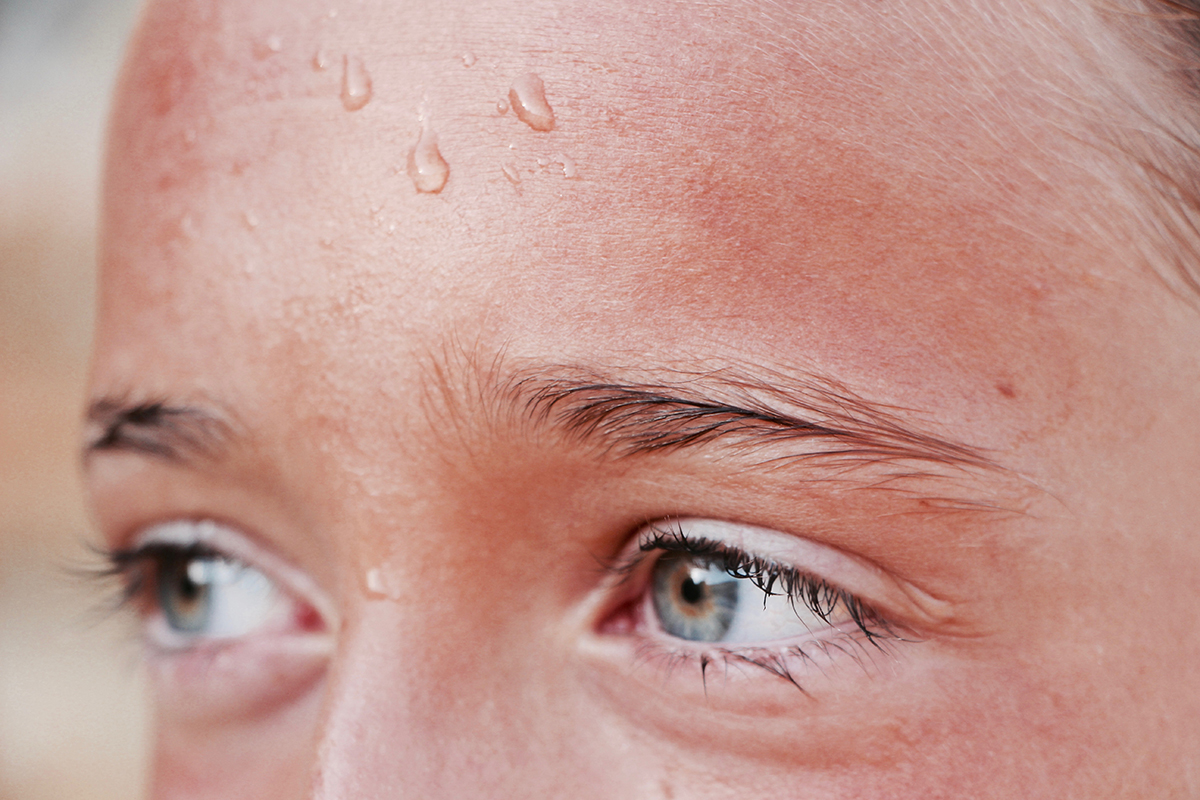As we move into warmer weather this summer, especially in the hot, dry climate of the Texas Panhandle, it’s important to be on the lookout for signs of overheating.
Here are three levels of bodily overheating and their symptoms to help you understand the risks and when you should get to a nearby ER for immediate assistance.
- Temperature, Sunburn, and Heat Rash
A minimal elevation in body temperature, sunburn, or even heat rash are relatively minor instances of negative heat exposure and/or overheating. Self-care may be sufficient to treat them, but be sure to monitor in case your condition worsens.
Anything from 97 to 99 degrees Fahrenheit is within the range of normal body temperature fluctuation. Sunburn that leads to skin redness and heat rash (clusters of small heat-induced pimples) can be treated at home. If your condition fails to improve after several days, or if you are unsure about the severity of your heal illness, seek professional medical advice. Be aware that while an elevated body temperature may be from different causes, for infants below 3 months even a 100-degree temperature is potentially very serious.
- Heat Cramps & Heat Exhaustion
Level two overheating can involve heat cramps and/or heat exhaustion. Depending on the severity, you may or may not need to seek ER or other assistance. If you are unfamiliar with how to handle this kind of situation, however, “play it safe” and get help quickly!
Heat cramps are painful muscle contractions. They often occur in the legs, thighs, and shoulders due to salt and water loss after intense exercise or work – especially if done in high heat. These are serious symptoms that you should not ignore. Cease the exertional activity, hydrate well and get out of the heat right away. Additionally, symptoms of heat exhaustion can include excessive sweating, low-grade fever, and (as the name implies) exhaustion. Under the watch of someone trained and experienced with managing heat illness, taking in fluids and electrolytes, removing excess clothing/equipment, cooling your body with a fan and water, and staying in a cool place may be able to reverse it. However, you will require emergency medical assistance if there is not rapid improvement. Heat exhaustion can lead to heat stroke if not checked early on. If you are unsure the degree heat illness, seek immediate medical attention.
- Heat Stroke
This is the most serious form of heat illness – heat stroke. When body temperatures rise above 104 degrees Fahrenheit, sweating from heat exhaustion may stop or reduce. But it’s not a sign of improvement. Instead, disorientation, fainting, and even stroke and death are potential risks.
Out-of-hospital actions to cool down will not be enough to reverse heat stroke fast enough. You will need emergent medical help to back out of the danger zone. You need to go directly to an emergency room. Immediate cooling, IVs, and continuous monitoring of breathing and circulation are necessary.
If you believe you are overheated and need medical assistance, do not hesitate to contact The ER On Soncy, in Amarillo, Texas, at 806-340-0608. We have trained ER physicians on staff and can immediately assist you in diagnosing and treating any and all heat illnesses.

